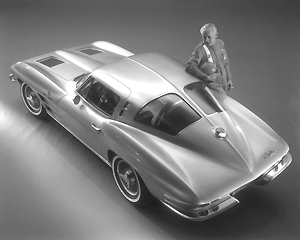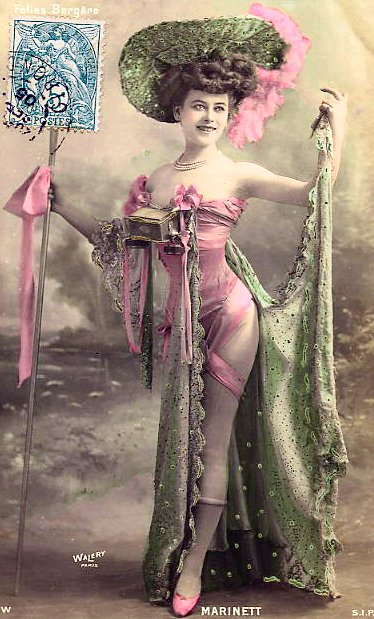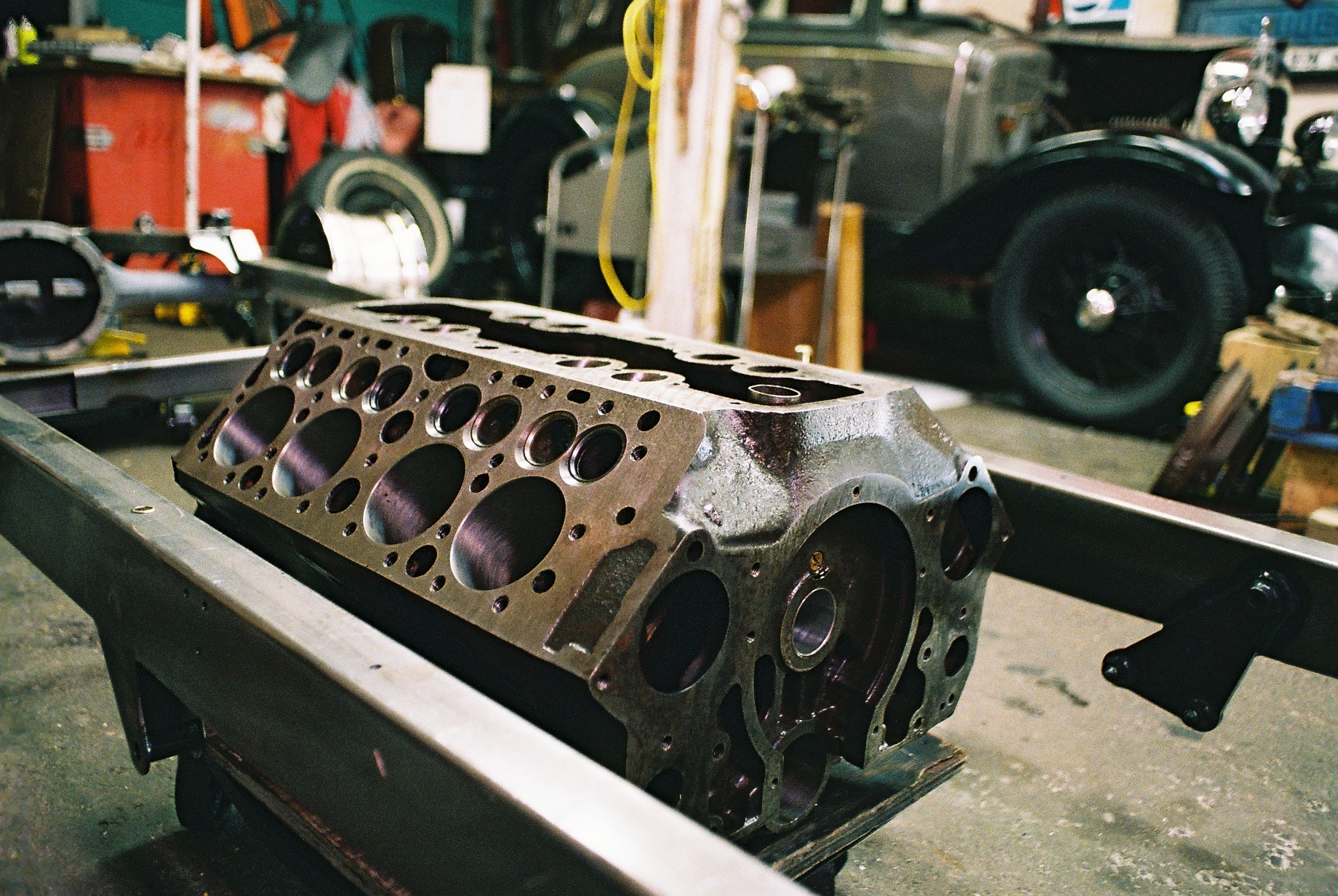|
Zora Arkus-Duntov
Zachary "Zora" Arkus-Duntov (born Zachar Arkus; December 25, 1909 – April 21, 1996) was a Russian"U.S., World War II Draft Cards Young Men, 1940-1947," digital images, ''Ancestry.com'' (http://www.ancestry.com : accessed May 21, 2024), Zachar Arkus-Duntov, serial no. 3334, order no. 507-A, Draft Board 30, New York County, New York; citing National Archives at St. Louis; St. Louis, Missouri; ''WWII Draft Registration Cards For New York City, 10/16/1940 - 03/31/1947; Record Group: Records of the Selective Service System, 147''. and American engineer whose work on the Chevrolet Corvette earned him the nickname "Father of the Corvette." He is sometimes erroneously referred to as the inventor of the Corvette; that title belongs to Harley Earl. He was also a racing driver, appearing at the 24 Hours of Le Mans four times and taking class wins in 1954 24 Hours of Le Mans, 1954 and 1955. Early life Arkus-Duntov was born Zachar Arkus in Brussels, Belgium, on December 25, 1909, into a Jewi ... [...More Info...] [...Related Items...] OR: [Wikipedia] [Google] [Baidu] |
Brussels, Belgium
Brussels, officially the Brussels-Capital Region, (All text and all but one graphic show the English name as Brussels-Capital Region.) is a Communities, regions and language areas of Belgium#Regions, region of Belgium comprising #Municipalities, 19 municipalities, including the City of Brussels, which is the capital of Belgium. The Brussels-Capital Region is located in the central portion of the country. It is a part of both the French Community of Belgium and the Flemish Community, and is separate from the Flemish Region (Flanders), within which it forms an enclave, and the Walloon Region (Wallonia), located less than to the south. Brussels grew from a small rural settlement on the river Senne (river), Senne to become an important city-region in Europe. Since the end of the Second World War, it has been a major centre for international politics and home to numerous international organisations, politicians, Diplomacy, diplomats and civil servants. Brussels is the ''de facto' ... [...More Info...] [...Related Items...] OR: [Wikipedia] [Google] [Baidu] |
Folies Bergère
150px, Stanisław Julian Ignacy Ostroróg">Walery, 1927 The Folies Bergère () is a cabaret music hall in Paris, France. Located at 32 Rue Richer in the 9th Arrondissement, the Folies Bergère was built as an opera house by the architect Plumeret. It opened on 2 May 1869 as the Folies Trévise, with light entertainment including operettas, comic opera, popular songs, and gymnastics. It became the Folies Bergère on 13 September 1872, named after nearby Rue Bergère. The house was at the height of its fame and popularity from the 1890s' ''Belle Époque'' through the 1920s. Revues featured extravagant costumes, sets and effects, and often nude women. In 1926, Josephine Baker, an African-American expatriate singer, dancer and entertainer, caused a sensation at the Folies Bergère by dancing in a costume consisting of a skirt made of a string of artificial bananas and little else. The institution is still in business, and is still a strong symbol of French and Parisia ... [...More Info...] [...Related Items...] OR: [Wikipedia] [Google] [Baidu] |
1952 24 Hours Of Le Mans
The 1952 24 Hours of Le Mans was the 20th Grand Prix of Endurance, and took place on 14–15 June 1952 at Circuit de la Sarthe. After 22 years away, Mercedes-Benz returned in triumph, scoring a 1–2 victory with their new gull-wing Mercedes-Benz W194 which was equipped with a 3.0L S6 engine that had less power than the road car sold two years later. Aston Martin, with their Aston Martin DB3, DB3, joined Ferrari, Jaguar, Mercedes-Benz, and Cunningham in the top-level sports prototype game, setting the stage for the rivalries that provided so much drama during the rest of the decade. This race was notable in that Pierre Levegh attempted to drive the entire 24 Hours by himself – and almost won. With just over an hour to go however, the connecting rod of Levegh's car broke, taking it out of the race. Regulations This year the Automobile Club de l'Ouest (ACO) decreed that mudguards now had to be integral with the bodywork, unlike the pre-war style of cycle-type mudguards. ... [...More Info...] [...Related Items...] OR: [Wikipedia] [Google] [Baidu] |
Allard Motor Company
Allard Motor Company Limited was a London-based low-volume car manufacturer founded in 1945 by Sydney Allard''The Times'', 13 April 1966, Obituary. in small premises in Clapham, south-west London. Car manufacture almost ceased within a decade. It produced approximately 1900 cars before it became insolvent and ceased trading in 1958. Before the war, Allard supplied some replicas of a Bugatti-tailed special of his own design from Adlards Motors in Putney. Allards featured large American V8 engine, V8 engines in a light British chassis and body, giving a high power-to-weight ratio and foreshadowing the Sunbeam Tiger and AC Cobra of the early 1960s. Cobra designer Carroll Shelby and Chevrolet Corvette chief engineer Zora Arkus-Duntov both drove Allards in the early 1950s. Pre-war Allard Specials The first Allard cars were built to compete in "trials" events – timed rally-like events on terrain almost impassable by wheeled vehicles. Built in under three weeks, the first Alla ... [...More Info...] [...Related Items...] OR: [Wikipedia] [Google] [Baidu] |
1947 Indianapolis 500
The 31st International 500-Mile Sweepstakes was held at Indianapolis Motor Speedway on Friday, May 30, 1947. It was the opening round of the 11 races that comprised the 1947 AAA Championship Car season. The 1946 winner, George Robson, had been killed on September 2, 1946 in a racing incident. Driver Shorty Cantlon would be killed in an accident during the race. Beginning in 1947 the Speedway issued "Bronze" and "Silver" badges. Bronze badges allowed gate and garage access during the month and silver badges did the same but also allowed pit access. On race day, one needed a Back Up Card Early bronze badges were indeed bronze, but silver badges were only a silver colored pot metal. Bronze badges began being made of a bronze colored pot metal sometime in the late 1950s or early 1960s. Time trials & ASPAR boycott Time trials was scheduled for five days. The minimum speed to qualify was set at 115 mph. In the months leading up to the race, several top drivers that were me ... [...More Info...] [...Related Items...] OR: [Wikipedia] [Google] [Baidu] |
1946 Indianapolis 500
The 30th International 500-Mile Sweepstakes was held at the Indianapolis Motor Speedway on Thursday, May 30, 1946. This was the first Indianapolis 500 presided over by new track owner Tony Hulman. The track had closed in late 1941 due to World War II, and over the next four years, the facility fell into a terrible state of disrepair. Hulman purchased the Speedway in November 1945, and quickly went to work cleaning up the grounds, which had become overwhelmed by overgrowth and weeds. The Speedway re-opened, and the 1946 race was considered a rousing success. Race winner George Robson would be killed in a racing crash just months after the victory. The 1946 running of the 500 was the first of sixty-one consecutive years (1946-2006) that featured popular fixture Tom Carnegie on the Speedway public address system. During the pre-race ceremonies, James Melton performed the song "Back Home Again in Indiana." It was the first time the traditional song had been performed before t ... [...More Info...] [...Related Items...] OR: [Wikipedia] [Google] [Baidu] |
Indianapolis 500
The Indianapolis 500, formally known as the Indianapolis 500-Mile Race, and commonly shortened to Indy 500, is an annual automobile race held at the Indianapolis Motor Speedway in Speedway, Indiana, United States, an enclave suburb of Indianapolis. The event is traditionally held over Memorial Day weekend, usually the last weekend of May. It is contested as part of the IndyCar Series, the top level of American open-wheel car racing, a formula colloquially known as "Indy car racing". The track itself is nicknamed the "Brickyard", as the racing surface was first paved in brick in the fall of 1909. One yard of brick remains exposed at the start/finish line. The event, billed as ''The Greatest Spectacle in Racing'', is considered part of the Triple Crown of Motorsport along with the 24 Hours of Le Mans and the Monaco Grand Prix, with which it has frequently shared a date. The inaugural race was held in 1911 and was won by Ray Harroun. The event celebrated its 100th anniversary ... [...More Info...] [...Related Items...] OR: [Wikipedia] [Google] [Baidu] |
Talbot-Lago
Talbot-Lago was a French automobile manufacturer based in Suresnes, Hauts de Seine, outside Paris. The company was owned and managed by Antonio Lago, an Italian engineer that acquired rights to the Talbot brand name after the demise of Darracq London's subsidiary Automobiles Talbot France in 1936.Talbot-Lago isn’t a household name, but this French beauty made history by Rick Carey on Hagerty.com, 19 April 2022 Under Lago's managing, the company produced a range of automobiles that included and [...More Info...] [...Related Items...] OR: [Wikipedia] [Google] [Baidu] |
Offenhauser
The Offenhauser Racing Engine, or Offy, is a racing engine design that dominated American open wheel racing for more than 50 years and is still popular among vintage sprint and midget car racers. History The Offenhauser engine, familiarly known as the "Offy", was an overhead cam monoblock 4-stroke internal combustion engine developed by Fred Offenhauser and Harry Arminius Miller. Originally, it was sold as a marine engine. In 1930 a four-cylinder Miller engine installed in a race car set a new international land speed record of . Miller developed this engine into a twin overhead cam, four-cylinder, four-valve-per-cylinder racing engine. Variations of this design were used in midgets and sprints into the 1960s, with a choice of carburetion or Hilborn fuel injection. When both Miller and the company to whom he had sold much of the equipment and rights went bankrupt in 1933, Offenhauser opened a shop a block away and bought rights to engines, special tooling and dra ... [...More Info...] [...Related Items...] OR: [Wikipedia] [Google] [Baidu] |
V8 Engine
A V8 engine is an eight- cylinder piston engine in which two banks of four cylinders share a common crankshaft and are arranged in a V configuration. Origins The first known V8 was the Antoinette, designed by Léon Levavasseur, and built in 1904 by the French Antoinette company for use in speedboat racing, cars, and later, airplanes. Also in 1904, V8 engines began small-scale production by Renault and Buchet for use in race cars. Design V-angle Most engines use a V-angle (the angle between the two banks of cylinders) of 90 degrees. This angle results in good engine balance, which results in low vibrations. However, the downside is the greater width of the engine compared to those that use a smaller V-angle. V8 engines with a 60-degree V-angle were used in the 1996–1999 Ford Taurus SHO, the 2005–2011 Volvo XC90, and the 2006–2009 Volvo S80. The Ford engine used a 60-degree V-angle because it was based on a V6 engine with a 60-degree V-angle. ... [...More Info...] [...Related Items...] OR: [Wikipedia] [Google] [Baidu] |
Ford Flathead Engine
The Ford flathead V8 (often called simply the Ford flathead or flathead Ford) is a V8 engine with a flat cylinder head introduced by the Ford Motor Company in 1932 and built by Ford through 1953. During the engine's first decade of production, when overhead-valve engines were used by only a small minority of makes, it was usually known simply as the Ford V‑8, and the first car model in which it was installed, the Model 18, was (and still is) often called simply the "Ford V-8" after its new engine. An automotive milestone as the first affordable V8, it ranks as one of the company's most important developments.. The engine was intended to be used for big passenger cars and trucks;. p 214 it was installed in such (with minor, incremental changes). until 1953, making the engine's 21-year production run for the U.S. consumer market longer than the 19-year run of the Ford Model T engine. It was also built independently by Ford licensees.. The Ford flathead V8 was named on Ward's ... [...More Info...] [...Related Items...] OR: [Wikipedia] [Google] [Baidu] |
New York City
New York, often called New York City (NYC), is the most populous city in the United States, located at the southern tip of New York State on one of the world's largest natural harbors. The city comprises five boroughs, each coextensive with a respective county. The city is the geographical and demographic center of both the Northeast megalopolis and the New York metropolitan area, the largest metropolitan area in the United States by both population and urban area. New York is a global center of finance and commerce, culture, technology, entertainment and media, academics, and scientific output, the arts and fashion, and, as home to the headquarters of the United Nations, international diplomacy. With an estimated population in 2024 of 8,478,072 distributed over , the city is the most densely populated major city in the United States. New York City has more than double the population of Los Angeles, the nation's second-most populous city. [...More Info...] [...Related Items...] OR: [Wikipedia] [Google] [Baidu] |









